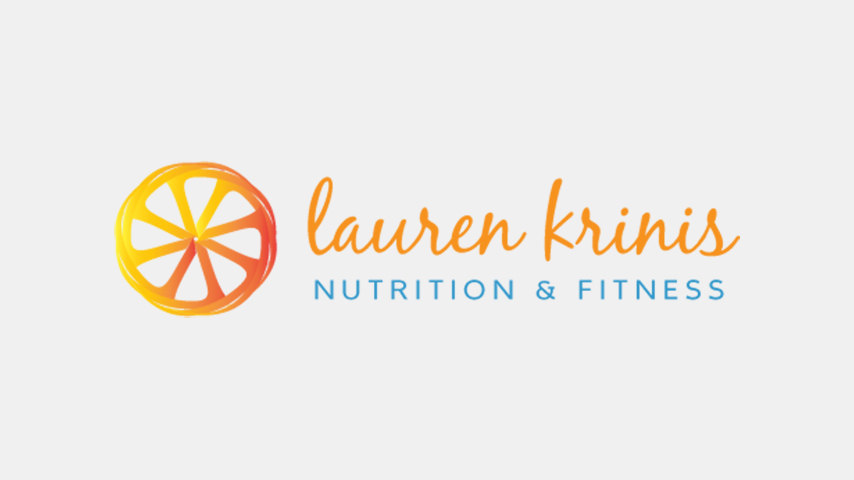A closer looks at counting your macros, intermittent fasting, carb cycling, keto and the 90/10 approach!
MACROS – IIFYM
The exact ratio of recommended macronutrients “macros” (grams of carbohydrates, fats, protein) you must consume daily to optimize your health. This is based on your age, gender, height, weight, exercise output and your goals and current state of health.
How do I Calculate my Macros?
- Manual calculation, www.iifym.com for customized plan, or download an app
- Apps: cronometer, My Food Diary, MyMacros+, My Fitness Pal (manual entry)
Benefits: customized plan for your specific body and personal goals, very effective but tedious
INTERMITTENT FASTING
A brief fast where you don’t consume anything but water for 12-16 hours. Longer periods of time without food will drive the body to produce energy by liberating fat stores, leading to weight loss & cellular cleansing.
How do I implement Intermittent Fasting?
- Start with two time frames, an eating window and a fasting window
- You must have adequate food intake and quality food during eating window. This way your body will respond most efficiently in the fasting window.
- Nocturnal fasting is best, and easiest because it enables night time repair and regeneration
- You can ease in with 12/12, 14/10 and bump as you go, with 16/8 being the goal.
- Women may benefit from a crescendo style approach in which they fast the 16 hours just 2-3 days per week in order to prevent hormonal imbalance
Benefits: Increases energy, improves clear thinking and memory, increases insulin sensitivity, improves immune system and heart health
CARB CYCLING
Eating more carbohydrates on certain days of the week but doing the opposite on the other days in order to intensify and speed up weight loss while still preserving and building lean muscle mass by keeping your metabolism running efficiently. This allows you to maintain your weight more easily long term.
How do I implement Carb Cycling?
- Create a schedule for the week, alternating days of higher-carb and lower-carb days
- Typically, there is a 400—600 calorie difference between high-carb and low-carb days.
- Higher-carb days might include 200—300 grams of carbohydrates, while lower-carb days might include 75—150 grams, sometimes even as little as 50, pending on your body type and goals.
Benefits: preserving muscle mass, helping muscle recovery after workouts, boosting weight loss, reducing body fat, preventing dip in metabolic rate, flexibility and variety of foods, more energy
THE KETOGENIC “KETO” DIET:
- A ketogenic diet is very high in fat, moderate in protein, and very low in carbohydrates. The idea behind keto is to keep your fat-accumulating hormone, insulin, low by keeping your blood sugar low. Essentially, you are eating to put your body in a state of ketosis, which is when your body becomes a fat burner rather than a sugar burner.
How do I implement the Keto Diet?
- Cut down on carbs (Typically, less than 50 carbohydrates a day)
- Macro breakdown is 75% fat, 20% protein and 5% carbohydrates
- Increase your consumption of healthy fats. Without glucose coursing through your body, it’s now forced to burn fat and produce ketones instead.
- Once the blood levels of ketones rise to a certain point, you officially reach ketosis. This state results in consistent, fairly quick weight loss until your body reaches a healthy and stable weight
Benefits: weight loss, lifting brain fog, higher energy levels
Best for: those susceptible to type II diabetes and neurological disorders or those looking to lose weight. (Note: Women with thyroid issues should avoid keto diet long term.)
CLEAN EATING & THE 90/10 RULE:
Clean Eating is consuming whole foods vegetables, fruits, lean proteins, whole grains and healthy fats. Refraining from processed and artificial foods.
The 90/10 Rule is a lifestyle approach; 90% of your diet should be clean and 10% foods and drinks you enjoy without guilt.
Food is Fuel – this mindset can change the way you approach food – it helps you focus on fueling your body with quality nutrients and paying attention to what works best for YOU!
How Do I “Eat Clean”?
- Grocery Shop with a Clean Eating List
- Stock your pantry and refrigerator with whole, organic real foods only
- Eliminate packaged and processed foods from you home, diet and lifestyle
- Implement 90/10 to compliment clean eating lifestlye
Benefits: flexible, approachable, easy to adapt you your lifestyle
WHEN IN DOUBT: Eat Whole, Non-Processed, Fresh Foods and Let Your Body Do the Work!
LISTEN TO YOUR BODY: Experiment, Be Mindful, Draw the Connection!



